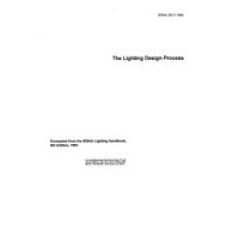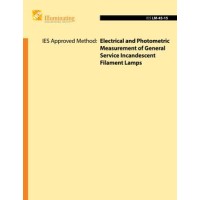Lighting design is the creative process for developing safe, productive, and enjoyable lighting solutions within the built environment. In the past, emphasis was placed on simply delivering an appropriate quantity of light. The quality of light was considered mainly in terms of controlling direct or reflected glare. But as this Design Guide reveals, lighting design now extends far beyond these basic factors. This Guide explains that many factors influence the quantity and quality of light. Thus there is no one perfect solution to a single lighting problem. Instead there are multiple solutions, each more or less successful depending on the judging criteria. And the design must also be appropriate in terms of cost, energy, maintenance, style, availability, and a dozen other considerations. Though not a predictable, linear process, lighting design as revealed by this Guide begins with a concept selected from a myriad of alter- natives. Then, as the process proceeds, it is filled with cross-checking. Like many architectural projects, most lighting designs can be circumscribed by the following seven-step process: Programming, Schematic Design, Design Development, Contract Documents, Bidding and Negotiation, Construction, and Post-occupancy Evaluation. These elements are discussed in full detail in this Guide.
 PDF
PDF
All of our standards document are available in PDF (Portable Document Format), an electronic, downloadable format.You will be able to download the file in your account downloads.
 Multi-User Access
Multi-User Access
After purchasing, you have the ability to assign each license to a specific user.
 Printable
Printable
At any time, you are permitted to make printed copies for your and your members' reference use.
 PDF
PDF
 Multi-User Access
Multi-User Access
 Printable
Printable





